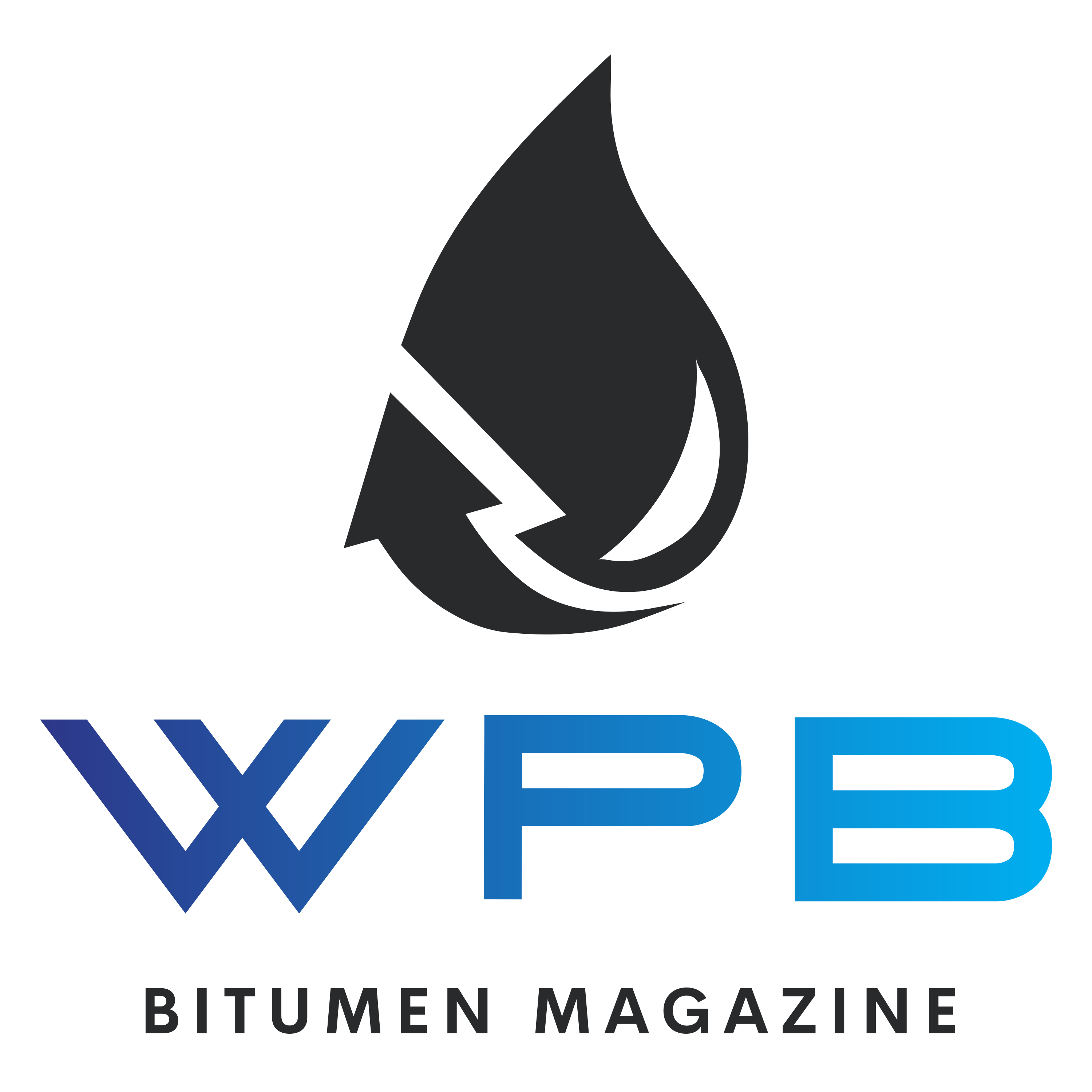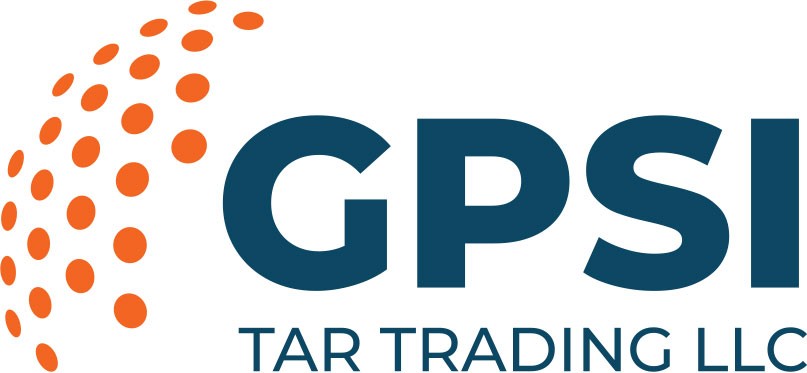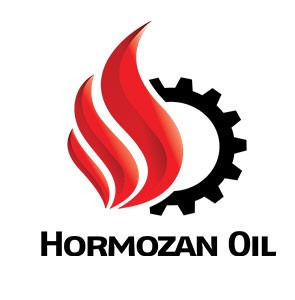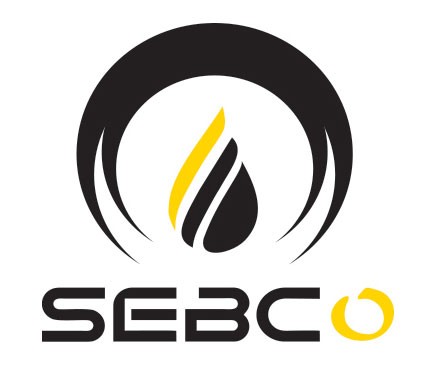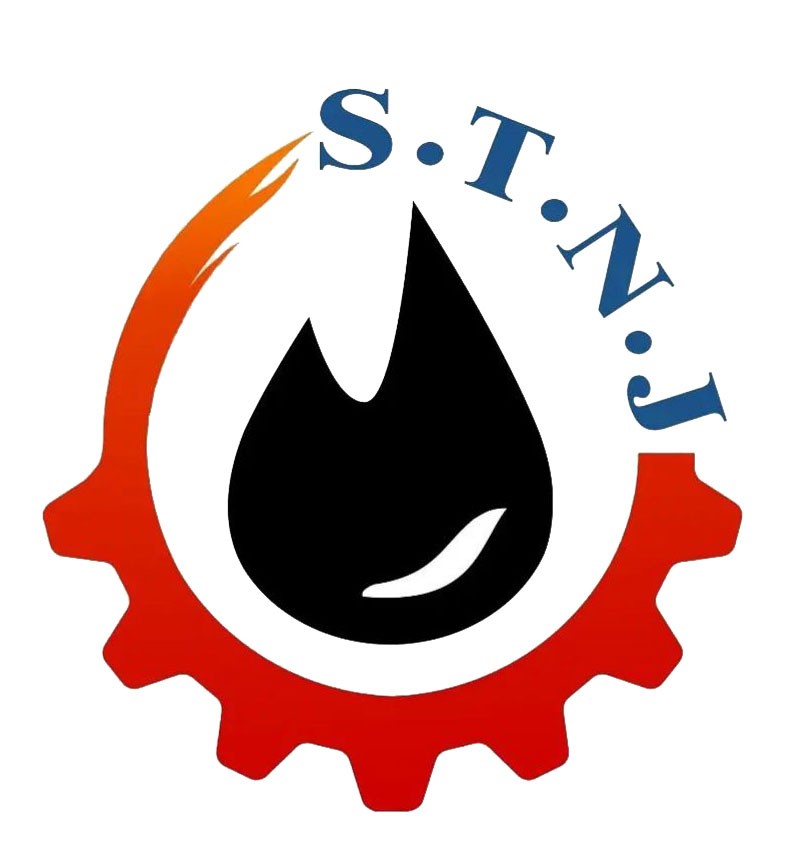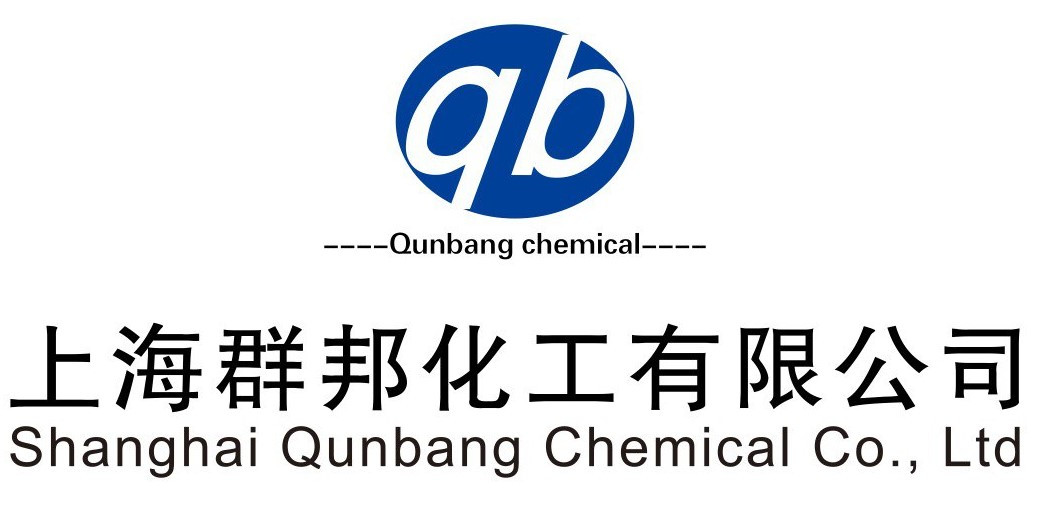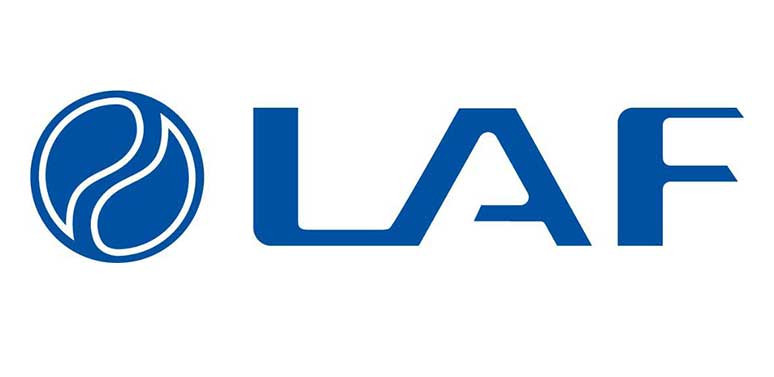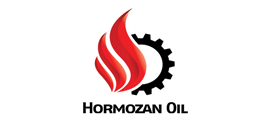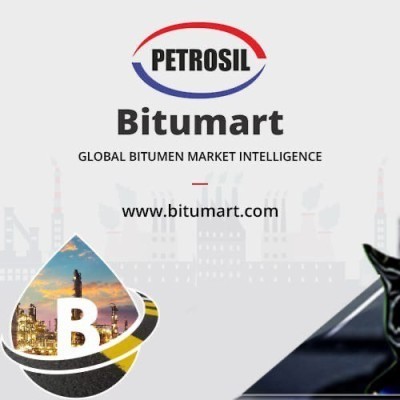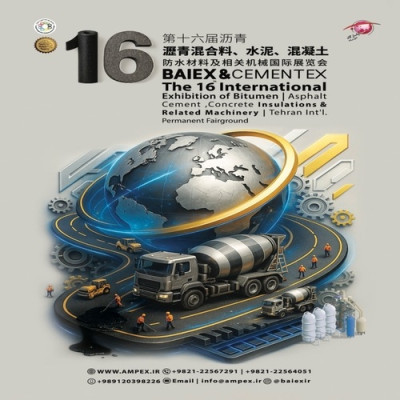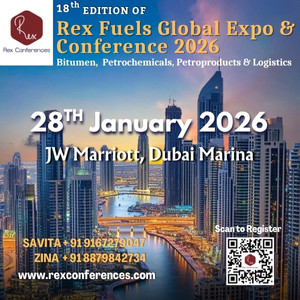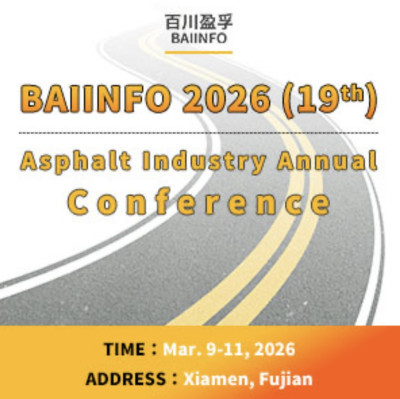The Director General of the Iranian Department of Environment’s Marine Pollution Investigation and Counteraction Office announced the cooperation between this department and industries to reduce pollution caused by petrochemical and petroleum activities in the southern regions of the country, including the Persian Gulf.
Omid Sedighi said: “In general, we have two groups of pollution in marine waters; one is the pollution sources with the land origin and the other is the pollution sources with the sea origin. Land-based pollutants - which make up a large part of the pollution - fall into several groups. Among them, we can mention various groups of manufacturing industries based in coastal areas such as refineries, petrochemicals, and steel. The waste water of these industries is discharged into the sea. As an example, industries located in the Persian Gulf watershed discharge their wastewater into underground waters or rivers.”
He added: “Facilities in important areas such as Asaluyeh and Bandar Imam - which have extensive petrochemical complexes - both cause air pollution by flares, and have effluents. We are cooperating with most of these complexes and have asked them to complete their sewage treatment system.”
Actions taken to manage wastewater in petrochemical complexes in south of country
The Director General of the Department of Environment’s Marine Pollution Investigation and Counteraction Office explained: “We have started work with petrochemical industries, especially in Asaluyeh and Bandar Imam. We have asked them to recycle the wastewater, and this has started. Of course, some of them must complete their treatment plants first, so that the industrial wastewater can be completely treated, and then they can use the treated wastewater again.”
Citing an example, he stated: “One of the problems of the Bandar Imam Petrochemical Complex - which is the largest petrochemical complex in Mahshahr region - was mercury pollution. This complex had an Alkali chlorine unit, which caused a lot of mercury pollution in the production of petrochemical products, and this pollution was transferred to the sea for years. Fortunately, a few years ago, the operation of the Alkali chlorine unit was stopped and a large treatment plant was planned to be built. The construction of this treatment plant started a few years ago and has been ready for operation in recent days. This treatment plant has the daily capacity to treat 40,000 cubic meters of wastewater, and treats the entire industrial effluent of this complex, so that the effluent is below the standards of the Department of Environment. Most of the treated wastewater is reused in the complex.”
Sedighi added: “Bandar Imam Petrochemical Complex consumes a lot of water, which was supplied from the Karun River in the amount of several thousand cubic meters per day. With the establishment of this treatment plant, the treated effluent is used for irrigation of the green space and after re-treatment, it is used in the production process. With this measure, the petrochemical pollution of Mahshahr discharged into the sea is less than the permissible limit and the treated wastewater is reused in the production cycle and green space.”
He emphasized: “Our bigger and ultimate goal is “zero discharge” for the petrochemical and steel industries as well as other industries. Fortunately, the new units are designed on this basis; that is, their output waste is very low due to the use of new technologies in the production cycle, and the effluent produced is treated and used again in the production cycle.”
Stating that we are also following a program for other industries in order to create a circular system and recover polluting elements and materials and move towards zero discharge, the Director General of the Department of Environment’s Marine Pollution Investigation and Counteraction Office said: “Realizing such planning is the best action because it saves costs, reduces the cost of products and increases the country’s income. Our goal in the Department of Environment is to reduce pollution and reach the permissible limit of pollution. Developed countries also do this.”
Saying that a large amount of carbon dioxide is produced in the production process, Sedighi stated: “Projects are being implemented in industries to recover the produced carbon dioxide and turn it into a usable product, or use it as coke in furnaces. This coke becomes waste after combustion. In the past, its destruction and disposal costed a lot, but now with the implementation of new projects, this coke can be recycled and reused.”
He emphasized that projects are underway to reuse polluting elements produced in petrochemical industries, which is an important step in reducing pollution and energy and water consumption.
Efforts made to reduce gas flares in southern Iran
Stating that another pollution caused by industries, especially petrochemicals and refineries, is air pollution, the Director General of the Department of Environment’s Marine Pollution Investigation and Counteraction Office said: “There are many flares in many refineries, petrochemicals, and petroleum and gas industries, both in the sea and petroleum fields in the Persian Gulf, whether in coastal areas such as Asalouyeh and South Pars or petroleum-rich areas in Khuzestan. Extensive plans are underway to collect the burning gases from the flares and convert them into various gas products with the follow-up of the Department of Environment and the Ministry of Petroleum. In addition to reducing severe air pollution, this will generate very good income. According to the results of a report, if the gas of all flares is collected and converted into gas products, the country will earn about 6 to 7 billion dollars annually.”
He added: “The Ministry of Petroleum has at least four projects to collect burning gases from flares in several areas such as Khark and petroleum-rich areas of Khuzestan. This plan has not yet been implemented in Asaluyeh region, where several gas refineries are located. The Ministry of Petroleum intends to tender and sell the gases resulting from the burning of flares. Many petrochemical complexes are buyers of this gas. If this project is realized, a large number of flares will be collected from Asaluyeh region, and a large part of its severe air pollution, which has threatened the health of petrochemical workers and the people of the region, will be reduced and it will also generate income.”
In another part of his talk about how the Department of Environment monitors marine petroleum pollution and introducing the offending industries to the court, Sedighi pointed to the existence of the maritime law against petroleum pollution and stated: “The Ports and Maritime Organization is responsible for the implementation of this law in Iran. Even numerous vessels and equipment to deal with petroleum pollution and its collection are at the disposal of this organization. According to this law, the Department of Environment is a partner along with the Ports and Maritime Organization, especially regarding the environmental damage assessment due to petroleum pollution and announcing its amount to the court to collect fines.”
The Director General of the Department of Environment’s Marine Pollution Investigation and Counteraction Office continued: “If a government agency is the cause of petroleum pollution, the amount of damage will be announced to the agency itself, not to the court, but marine accidents may happen. For example, a foreign ship has an accident in the waters under the sovereignty of Iran which leads to petroleum pollution. In this case, the Ports and Maritime Organization will take action to save people’s lives or collect petroleum pollution, and demand from the court for crimes and damages. The Department of Environment will evaluate the environmental damage and announce it to the court, if the cause of petroleum pollution is the private or foreign sector.”
Pointing out that the other part of land-based pollutants is the “rural and urban sewages”, he clarified: “These sewages are discharged directly into the sea in the watershed in different areas on the coast. Most of the wastewater in these areas is transported upstream to the river and finally to the sea. Plastic waste and generally dry waste dumped into the sea from the land due to human activities has different types such as bottles and plastic bags.”
Petroleum activities and ship traffic the cause of sea pollution
Referring to the pollutions originating from the sea, Sedighi said: “The majority of these pollutions include activities for exploration, extraction and transportation of petroleum and gas. There are petroleum platforms and oil and gas wells in the sea, which impose petroleum pollution to the sea.”
Stating that the other part of pollution originating from the sea is related to sea transportation and ship traffic, he said that both ships carrying petroleum products and commercial ships produce various types of pollution such as sewage, dry waste, and petroleum waste.
Pointing out that these pollutions should be minimized based on various protocols and conventions, the Director General of the Department of Environment’s Marine Pollution Investigation and Counteraction Office said: “The MARPOL convention has six areas, the fifth of which is related to waste from ships. Iran has also joined this convention, although the responsibility for its implementation in Iran lies with the Ports and Maritime Organization. According to this convention, ships must collect all their dry waste and deliver it to the docks in a packaged form at the port of destination. Wharves collect waste receipt fees from ships and must process, separate, and recycle waste. In addition, ships must deliver human waste at the docks and ports.”
In the end, Sedighi stated: “Petroleum waste such as the water of fans, engine oil and pollution caused by washing ship tanks should be delivered to the ports under the MARPOL convention. Facilities in ports should be established to receive and process petroleum waste and pollution caused by it, and some ports such as Shahid Rajaei, Bandar Abbas, Bushehr, Khark, Bandar Imam in Mahshahr have been built, which should be completed of course. These ports receive different groups of pollutants and we have visited their equipment.”
